Roman Counterfeit Coins Dating Back Thousands of Years Unearthed at a Previously Undiscovered Site in Europe
A group of explorers scouring the fields of a small town in Europe have stumbled upon a previously unidentified archaeological site and unearthed a cache of ancient artifacts and coins dating back thousands of years.
The small group had been searching the region using metal detectors when they made the amazing discovery. Several of the items caught the attention of researchers as they showcased the practice of economic deception during the height of the Roman Empire.
Metal Detectorists Stumble Upon Buried Treasure in Poland
Archaeologists do their best to locate and examine sites of interest before members of the public have a chance to look around. However, on many occasions, it’s the latter who first stumble upon the site.
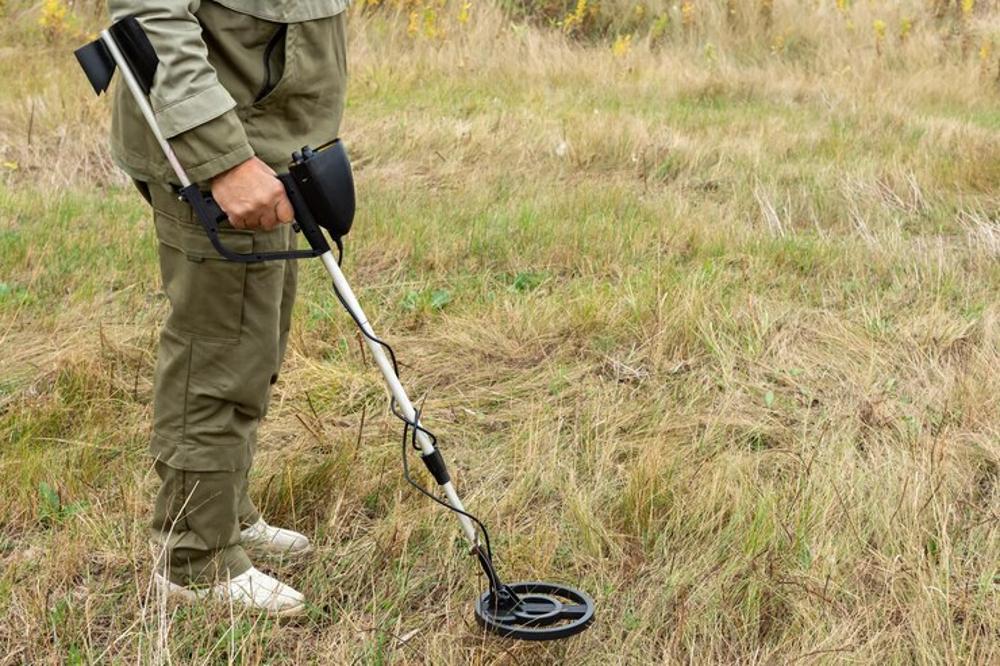
Source: Freepik
If researchers are lucky, the explorers and amateur archaeologists will generally contact the authorities immediately, which is exactly what occurred at a previously unidentified site in Poland.
The Group of Explorers
According to the Lublin Voivodeship Conservator of Monument in Poland, the “Group of Explorers” who came together to scour the Polish landscape using metal detectors came across an extensive cache of coins and artifacts dating back between 1,500 and 2,000 years.

Source: Freepik
The group, under the guidance of Janusz Szabat and Piotr Magoch, had been searching a small region in the town of Księżopol when they stumbled upon a “Very large number of metal archaeological monuments,” said the conservator.
The Rarest Artifacts at the Site
Of the items discovered by metal detectorists in Poland, archaeologists were most fascinated by a small number of Roman coins pulled from the dirt.
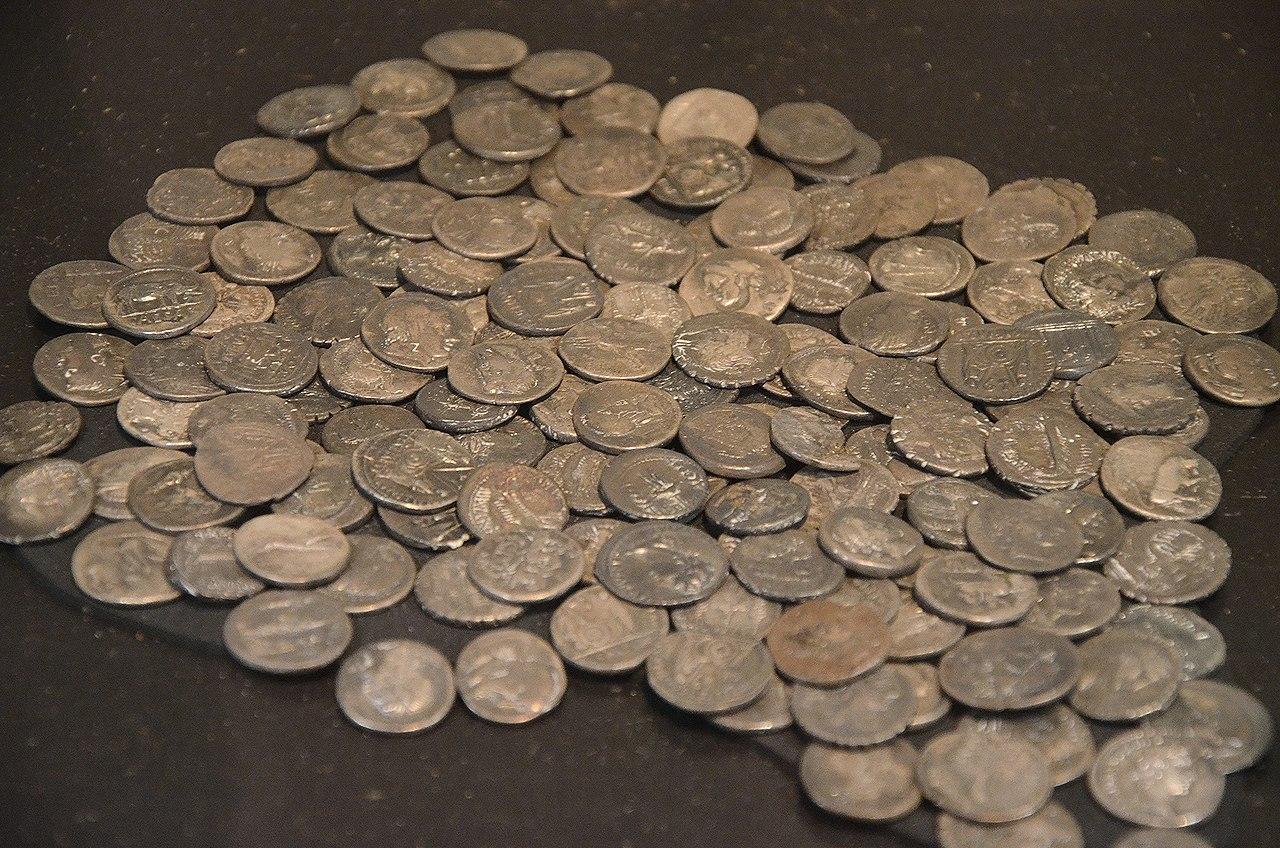
Source: Wikimedia
Three of the silver coins, known as Roman denars, contain the face of Antonius Pius, who ruled over the Empire from 138 to 161 CE. Pius is often referred to as the fourth of the Five Good Emperors.
Several Key Roman Figures Depicted on the Coins
Several other coins of interest were discovered, including a silver denar with the face of Faustina the Younger, Pius’s wife. Researchers surmise this was minted in 141 CE.
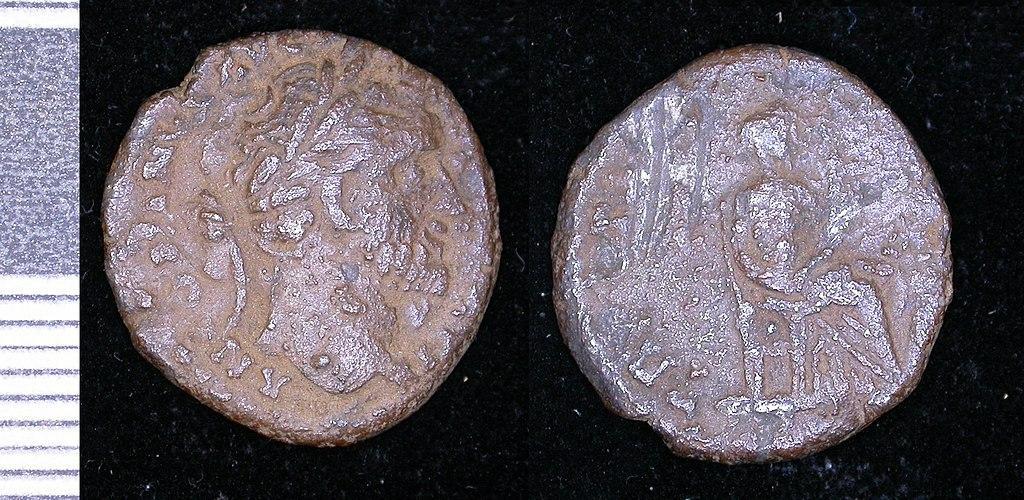
Source: Wikimedia
A fourth coin bearing the deception of Pius was recovered, dated between 146 and 152 CE. However, unlike the others, a part of this example was intentionally cut away. Researchers also note the discovery of a coin with the face of Marcus Aurelius.
Germanic Visigoths and Counterfeit Coins
Archaeologists later revealed that several of the other coins found at the site were counterfeit, likely made by the Germanic-speaking Visthgoths.

Source: Wikimedia
One of the counterfeit coins was badly degraded and could not be read. However, in a separate example, researchers could make out the depiction of Antonius Pius despite it being “poorly readable,” said the conservator.
Fake Coins During the Roman Era
During periods of high inflation and economic uncertainty in the Roman Empire, counterfeiting became a common practice.
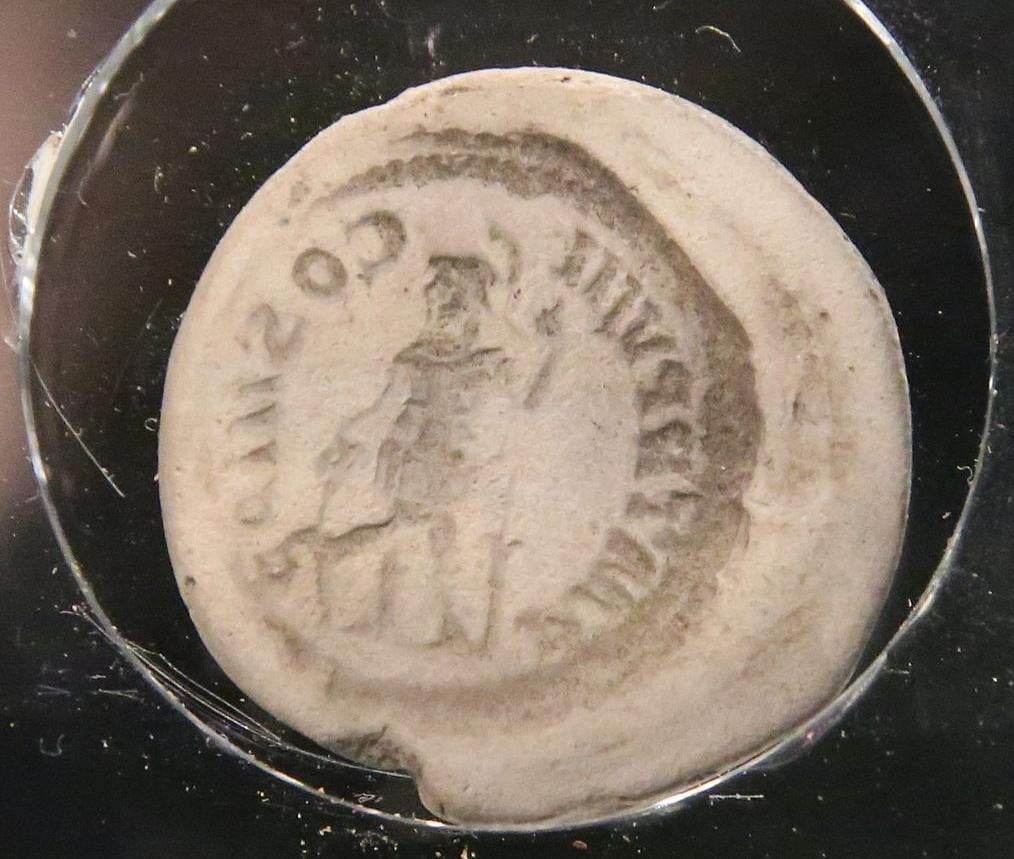
Source: Wikimedia
In fact, it’s estimated that up to a third of all coins in circulation throughout the Roman province of Britannia or Great Britain during the 3rd century were counterfeit.
The Creation of Fake Denarii
Groups engaging in the creation of counterfeit coins during the height of the Roman Empire began by creating a mold into which they could pour the molten metal. Once cooled, they could remove the coin and destroy the mold.
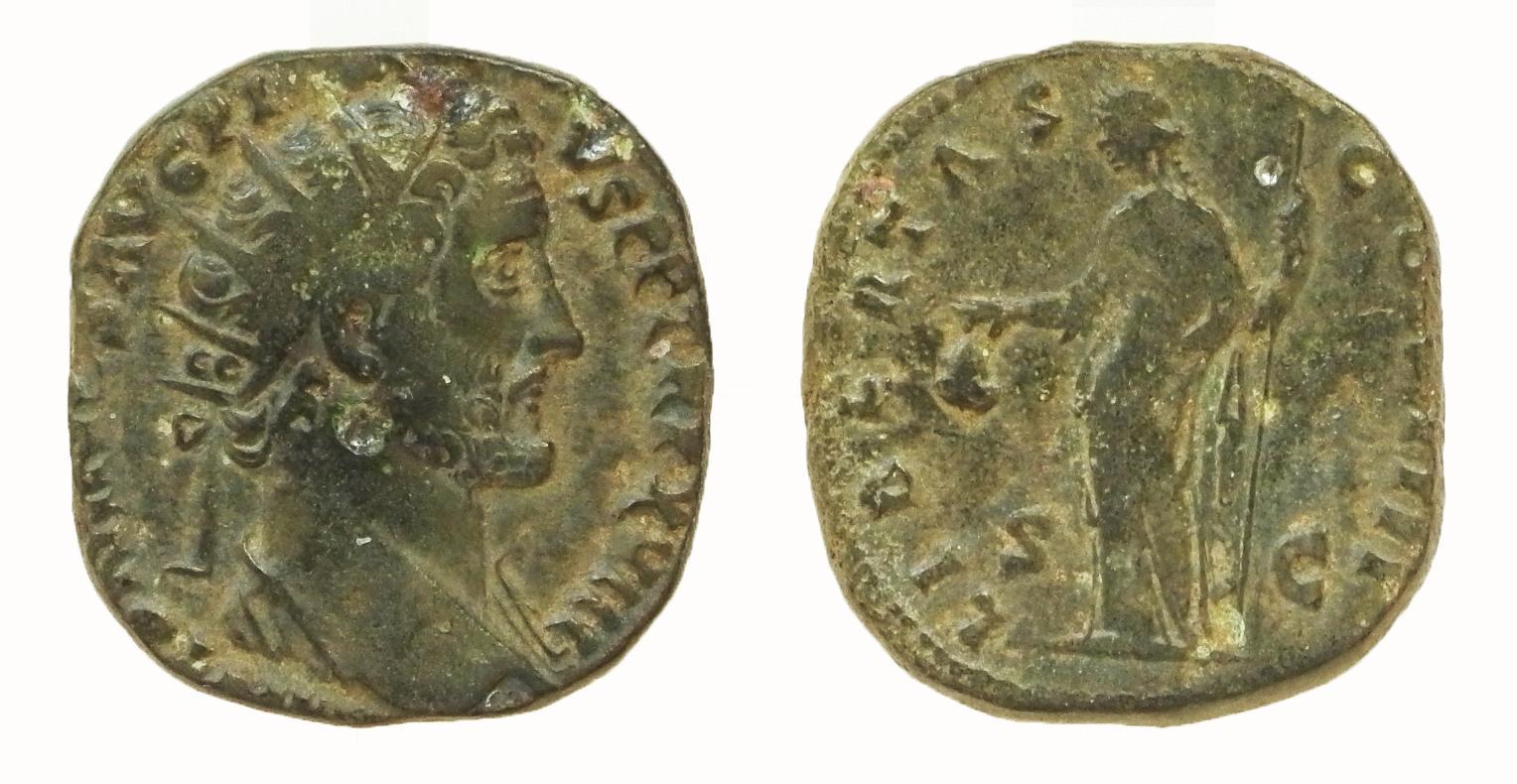
Source: Wikimedia
While Romans produced coins using silver, counterfeit groups used a blend of less precious metals yet proceeded to use them like official denarii. The practice was highly illegal and resulted in a death sentence for those found guilty.
Fairly Rare Coin
At the site in Poland, the researchers also reported the discovery of a large and fairly rare denar, which was twice the size of the other coins found in the cache.
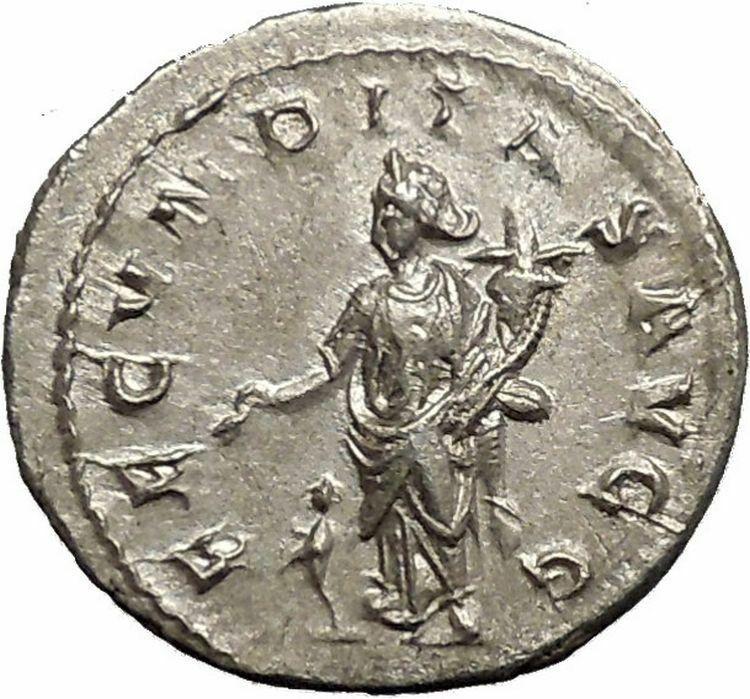
Source: Wikimedia
The coin, which contained a photograph of the empress Herennia Cupressenia Etruscilla, was minted around 250 CE. Like the fourth Pius coin, a portion of the coin was cut off, likely during a transaction between two ancient peoples.
Silicon Tools and Pottery
Alongside the coins, researchers discovered “several small silicon tools” and “dozens of pieces of pottery” during the meticulous excavation carried out in the small Polish town, according to the conservator.
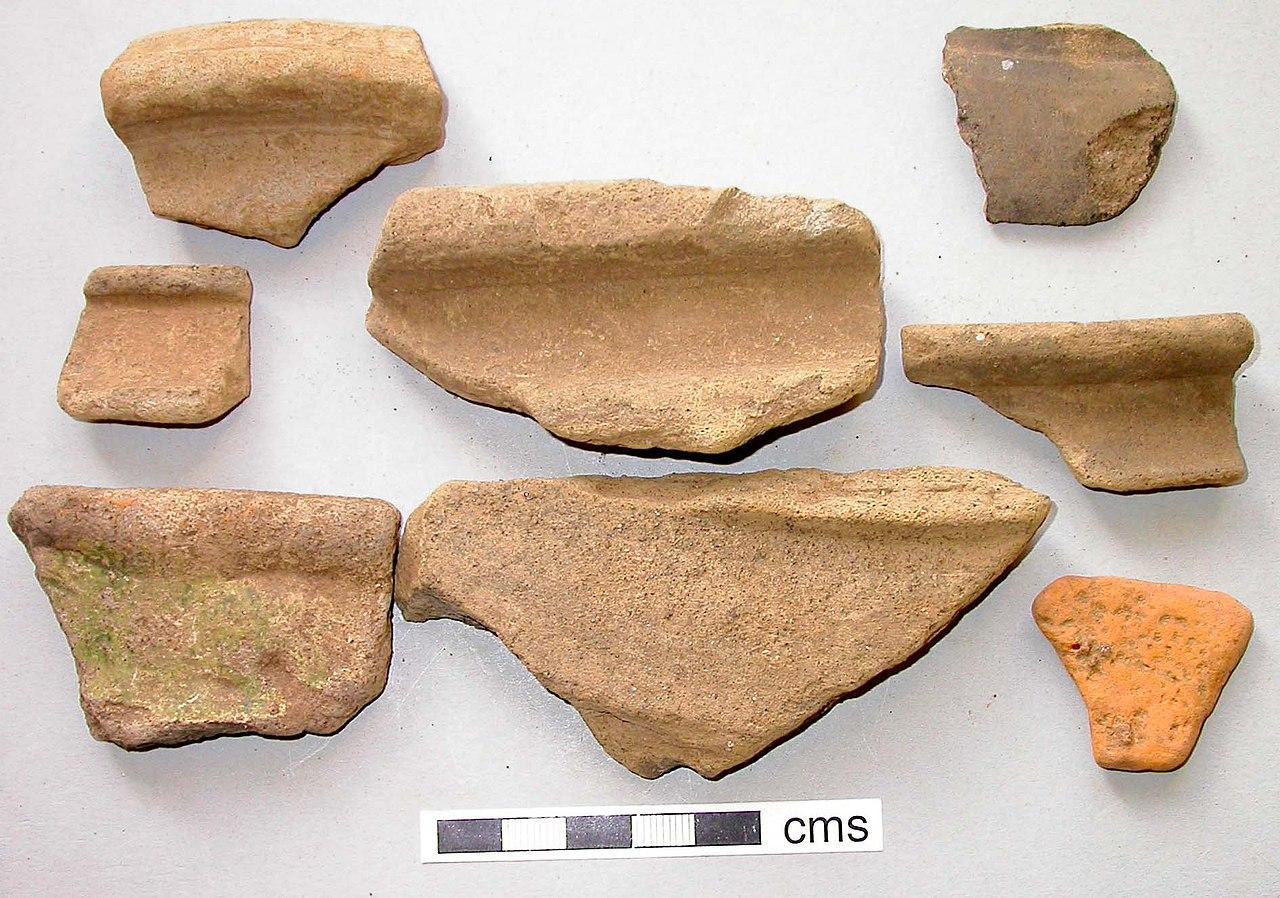
Source: Wikimedia
While the researchers were unable to determine the date of the tools, they suggest that much of the pottery dates back to the Roman period. Other fragments date to the Middle Ages, and some are even more recent.
New Archaeological Site Discovered in Poland
The concentration of archaeological items in such a small space has led researchers to suggest that the metal detectorists stumbled upon the remains of an ancient settlement or trading post.
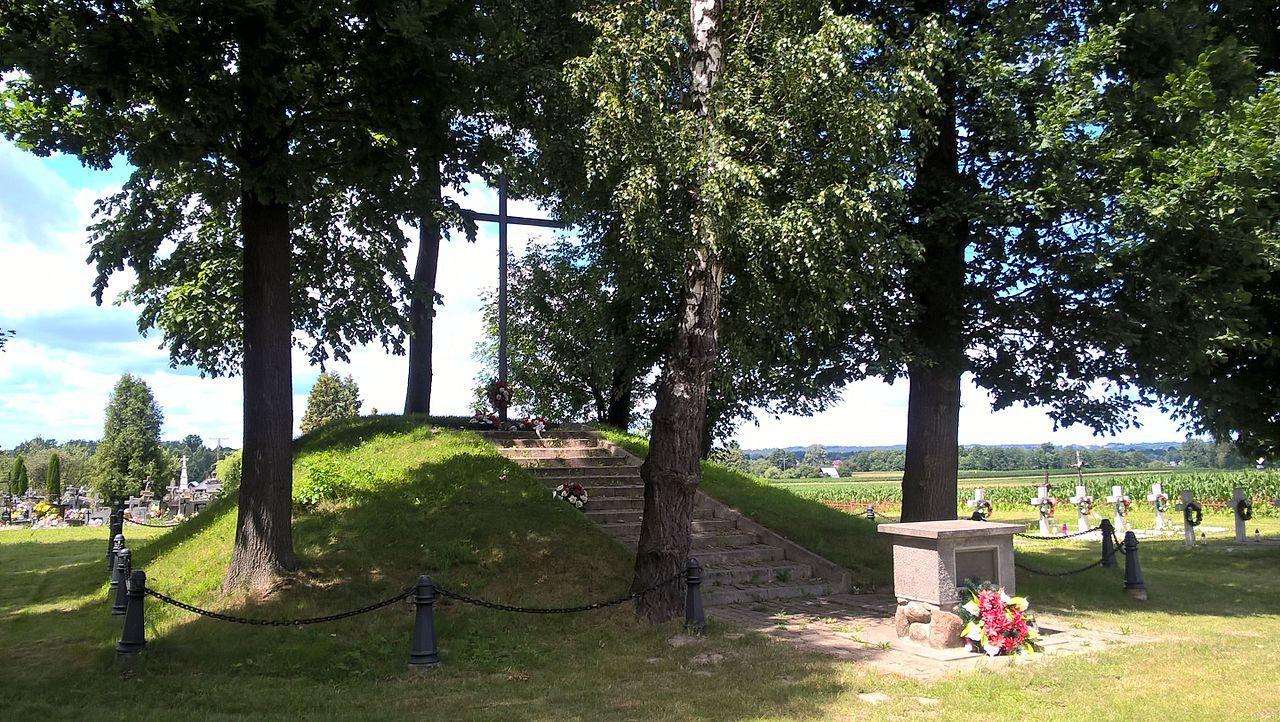
Source: Wikimedia
According to the researchers, we are “Dealing with a new, previously unknown archaeological position” that is of “very valuable scientific and conservation points.”
Future Excavation at the Roman Site in Poland
Researchers will perform excavation tests in the regions to determine whether a full-blown excavation of the wider region is warranted.
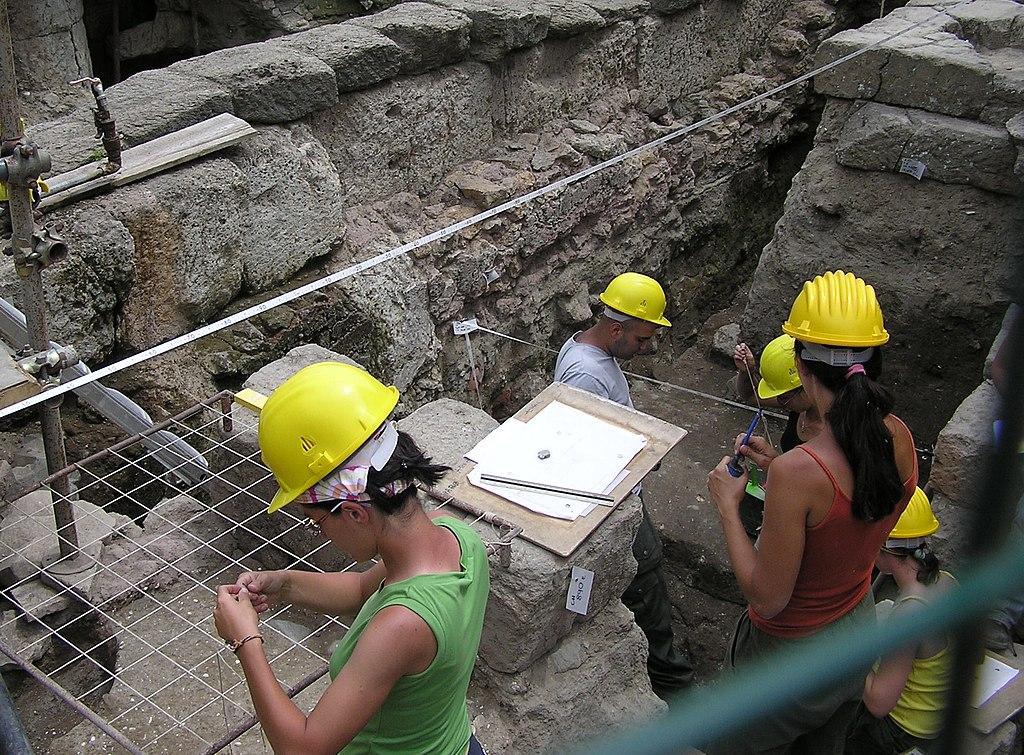
Source: Wikimedia
Further investigations at the site may yield more coins of a counterfeit nature and provide researchers with valuable insight into the fluctuating economy and struggles of people living under the Roman Empire several thousands of years ago, sparking hope and excitement for future discoveries.
